In the realm of rap music, few artists have left an indelible mark quite like the Notorious B.I.G. Known for his lyrical prowess and unparalleled storytelling abilities, Biggie Smalls, as he was affectionately called, revolutionized the genre and solidified his place as one of the greatest rappers of all time. Through his vivid narratives and captivating delivery, he transported listeners into the gritty streets of Brooklyn, where he grew up, and offered a raw and unfiltered glimpse into his life. From his debut album, “Ready to Die,” to the posthumously released masterpiece, “Life After Death,” Biggie’s storytelling prowess was unmatched, weaving intricate tales of struggle, triumph, and the harsh realities of urban life. His ability to paint vivid pictures with his words and evoke a range of emotions is a testament to his brilliance as an artist. In this article, we will delve deeper into the art of storytelling in rap music and explore how the Notorious B.I.G. became a master of the craft.
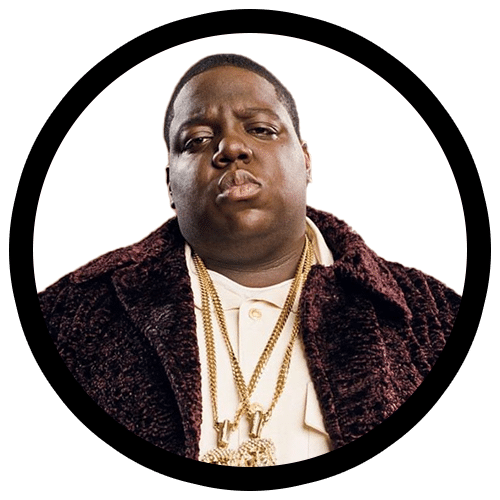
Biggie Smalls Clothing & Merchandise
Give your wardrobe a taste of ’90s hip-hop with the most extensive collection of Notorious B.I.G.’s clothing and merchandise online! From vintage t-shirts to stylish hoodies and comfy sweatshirts, you will have no shortage when it comes to showing love for Biggie Smalls – East Coast’s greatest rapper! And if that wasn’t enough, check out exclusive bomber jackets featuring The King himself. Get these unique items now before they’re gone forever… show off your swag with some iconic rap apparel today!
The Power of Storytelling in Rap Music
Rap music has always been a powerful medium for storytelling. From its origins in the streets of New York to its global influence today, rap has provided a platform for artists to share their experiences, express their emotions, and shed light on social issues. The ability to weave compelling narratives within the confines of a song is what sets rap apart from other genres. And when it comes to storytelling in rap, few have done it better than the Notorious B.I.G.
Biggie’s storytelling ability was unparalleled. He had a knack for painting vivid pictures with his words, transporting listeners into his world with each verse. Whether he was describing the struggles of growing up in poverty or recounting the dangers of street life, Biggie’s storytelling was raw, honest, and unapologetic. His narratives were often filled with vivid imagery and detailed descriptions, allowing listeners to visualize the scenes he was describing. It was this attention to detail and his ability to evoke a range of emotions that made his storytelling so powerful.
Notable Storytelling Tracks by The Notorious B.I.G.
Throughout his discography, the Notorious B.I.G. released several notable tracks that showcased his storytelling prowess. One such track is “Juicy,” which serves as an autobiographical account of Biggie’s rise to fame. In this song, he vividly describes his humble beginnings, his dreams of making it big in the music industry, and the challenges he faced along the way. With lines like “Birthdays was the worst days, now we sip champagne when we thirsty” and “Super Nintendo, Sega Genesis, when I was dead broke, man, I couldn’t picture this,” Biggie paints a picture of his transformation from rags to riches, inspiring listeners to believe in their own dreams.
Another standout storytelling track is “Gimme the Loot,” where Biggie assumes the personas of two different characters engaged in a series of robberies. Through his clever wordplay and dynamic delivery, he brings these characters to life, capturing their motivations, fears, and desperation. The song is a testament to Biggie’s ability to create multi-dimensional characters and immerse listeners in their stories.
Analyzing the Themes and Narratives in The Notorious B.I.G.’s Storytelling Songs
When analyzing the themes and narratives in The Notorious B.I.G.’s storytelling songs, several recurring motifs emerge. One prominent theme is the struggle for survival in the face of adversity. Biggie often depicted the harsh realities of growing up in poverty and the lengths people would go to escape their circumstances. In songs like “Warning” and “Ten Crack Commandments,” he portrays the dangers of the streets and the consequences of engaging in illegal activities.
Another recurring narrative in Biggie’s storytelling is the dichotomy between success and fame and the personal toll it takes. In tracks like “Everyday Struggle” and “Suicidal Thoughts,” he delves into the psychological effects of a life filled with money, power, and fame. Despite the outward appearance of success, Biggie’s lyrics reveal the internal struggles and feelings of isolation that often accompany it.
Impact of The Notorious B.I.G.’s Storytelling on the Rap Industry
The impact of The Notorious B.I.G.’s storytelling on the rap industry cannot be overstated. His ability to captivate listeners with his narratives and lyrical dexterity set a new standard for storytelling in rap music. Biggie’s influence can be seen in the work of countless artists who have followed in his footsteps, using their music to share their own stories and shed light on the realities of their communities.
Additionally, Biggie’s storytelling helped to humanize the genre, showcasing the depth and complexity of rap music beyond the stereotypes often associated with it. His narratives resonated with people from all walks of life, transcending cultural boundaries and establishing rap as a legitimate form of artistic expression.
The Legacy of Storytelling in Rap Music
The legacy of storytelling in rap music extends far beyond the Notorious B.I.G. While Biggie undoubtedly left an indelible mark on the genre, he was part of a long lineage of influential storytellers in rap. Artists like Tupac Shakur, Nas, and Kendrick Lamar have all used their music to tell powerful stories and shed light on social issues. Their narratives have not only entertained audiences but have also sparked conversations and inspired change.
As rap continues to evolve, storytelling remains a vital component of the genre. It allows artists to connect with their audience on a deeper level, fostering empathy and encouraging listeners to reflect on their own experiences. The legacy of storytelling in rap music is one that will continue to shape the genre for generations to come.
Other Influential Storytellers in Rap Music
While the Notorious B.I.G. is often hailed as one of the greatest storytellers in rap music, he is not the only artist to have mastered the art of storytelling. Throughout the history of rap, there have been numerous influential storytellers who have left an indelible mark on the genre.
One such artist is Tupac Shakur, whose storytelling ability was matched only by his passion and social consciousness. Songs like “Brenda’s Got a Baby” and “Dear Mama” showcased his ability to tackle complex social issues and evoke profound emotions in listeners.
Nas is another artist known for his storytelling prowess. His debut album, “Illmatic,” is widely regarded as a storytelling masterpiece, with tracks like “N.Y. State of Mind” and “One Love” painting vivid pictures of life in the streets of New York City.
Kendrick Lamar is a contemporary artist who has taken storytelling in rap to new heights. His critically acclaimed albums, such as “Good Kid, M.A.A.D City” and “To Pimp a Butterfly,” are filled with intricate narratives that explore themes of identity, race, and social injustice.
Tips for Incorporating Storytelling into Your Own Rap Lyrics
If you’re an aspiring rapper looking to incorporate storytelling into your own lyrics, here are some tips to help you get started:
- Find your unique voice: Discover what stories you want to tell and what themes are important to you. Authenticity is key in storytelling.
- Develop your characters: Create multi-dimensional characters that listeners can relate to and invest in emotionally. Give them distinct personalities, motivations, and conflicts.
- Use vivid imagery: Paint a picture with your words. Use descriptive language and sensory details to transport listeners into the world of your story.
- Pay attention to structure: Consider the flow and structure of your lyrics. Experiment with different rhyme schemes and cadences to enhance the storytelling experience.
- Embrace vulnerability: Don’t be afraid to share your own personal experiences and emotions. Vulnerability can create a deeper connection with your audience.
-
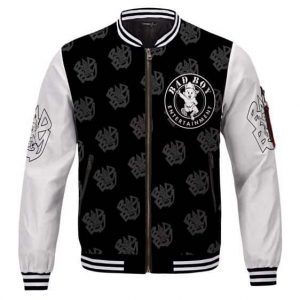 Bad Boy Entertainment Logo Pattern Black Varsity Jacket
Bad Boy Entertainment Logo Pattern Black Varsity Jacket -
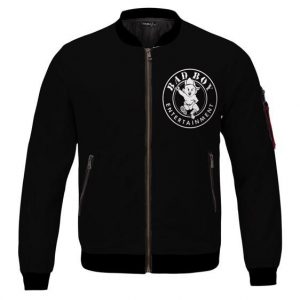 Biggie Bad Boy Entertainment Logo Black Bomber Jacket
Biggie Bad Boy Entertainment Logo Black Bomber Jacket -
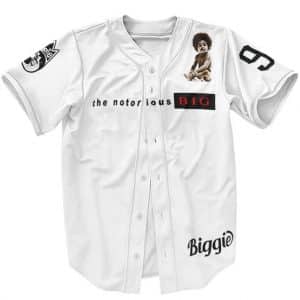 The Notorious BIG Ready To Die Album Cover Art White Baseball Jersey
The Notorious BIG Ready To Die Album Cover Art White Baseball Jersey -
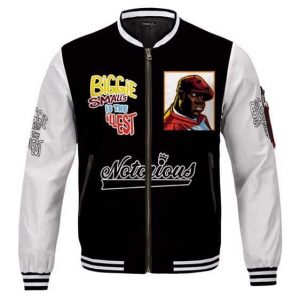 Notorious Biggie Smalls Is The Illest Bad Boy Varsity Jacket
Notorious Biggie Smalls Is The Illest Bad Boy Varsity Jacket -
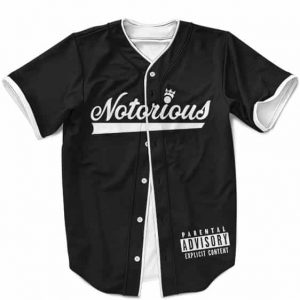 Big Poppa Notorious BIG 1972 Birthyear Clean Black Dope Baseball Uniform
Big Poppa Notorious BIG 1972 Birthyear Clean Black Dope Baseball Uniform -
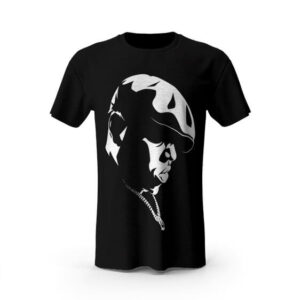 Face Silhouette Biggie Smalls Crown Logo T-Shirt
Face Silhouette Biggie Smalls Crown Logo T-Shirt -
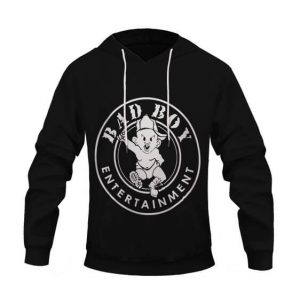 Bad Boy Entertainment Records Logo Black Pullover Hoodie
Bad Boy Entertainment Records Logo Black Pullover Hoodie -
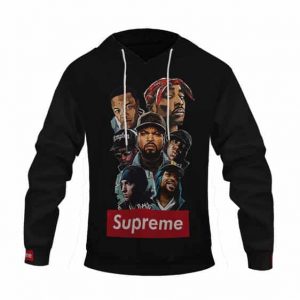 Iconic 90s Rappers Supreme Artwork Epic Pullover Hoodie
Iconic 90s Rappers Supreme Artwork Epic Pullover Hoodie -
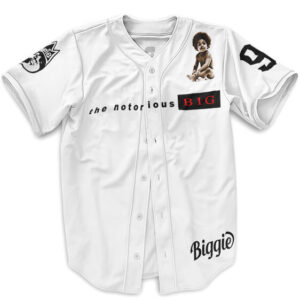 The Notorious BIG Ready To Die 1993 Baseball Jersey
The Notorious BIG Ready To Die 1993 Baseball Jersey
The Evolution of Storytelling in Modern Rap Music
As rap music continues to evolve, so too does the art of storytelling within the genre. Modern rap artists are pushing the boundaries of storytelling, experimenting with new styles and techniques to captivate listeners in fresh and innovative ways.
One notable example is J. Cole, whose album “2014 Forest Hills Drive” is a concept album that tells the story of his upbringing and journey to success. The album’s cohesive narrative and introspective lyrics demonstrate the power of storytelling as a means of self-expression.
Another artist pushing the boundaries of storytelling is Kendrick Lamar. His album “DAMN.” features a complex narrative that can be interpreted in multiple ways, encouraging listeners to engage with the music on a deeper level.
As rap music continues to evolve, storytelling remains a fundamental element that allows artists to connect with their audience on a personal and emotional level.
Conclusion: The Enduring Influence of The Notorious B.I.G.’s Storytelling in Rap Music
The Notorious B.I.G.’s storytelling abilities revolutionized rap music and left an indelible mark on the genre. Through his vivid narratives and captivating delivery, he transported listeners into his world, offering a raw and unfiltered glimpse into his life. Biggie’s ability to paint vivid pictures with his words and evoke a range of emotions set a new standard for storytelling in rap.
His influence can be seen in the work of countless artists who have followed in his footsteps, using their music to tell their own stories and shed light on the realities of their communities. The legacy of storytelling in rap music is one that will continue to shape the genre for generations to come, and the Notorious B.I.G. will forever be remembered as a master of the craft.

